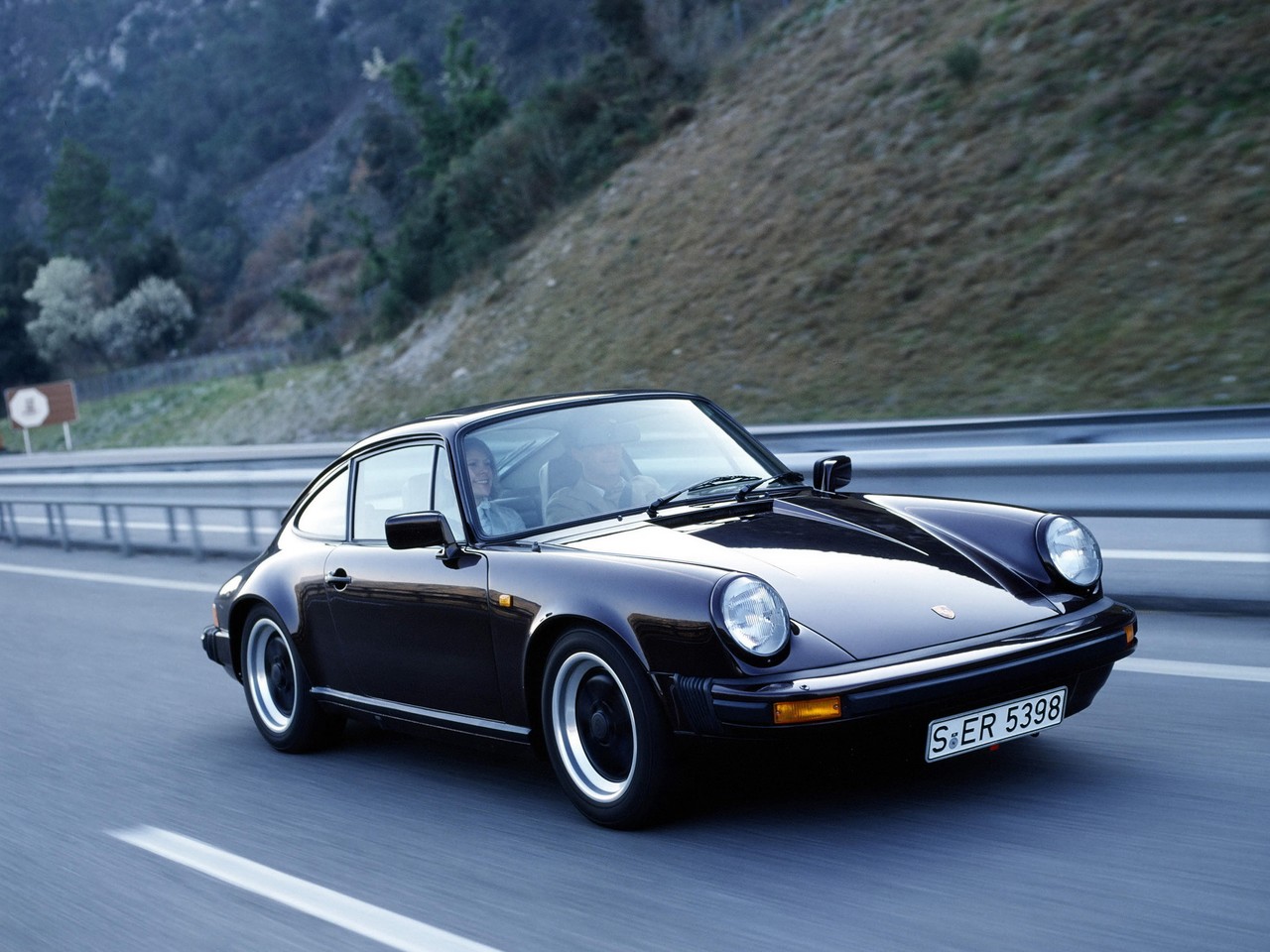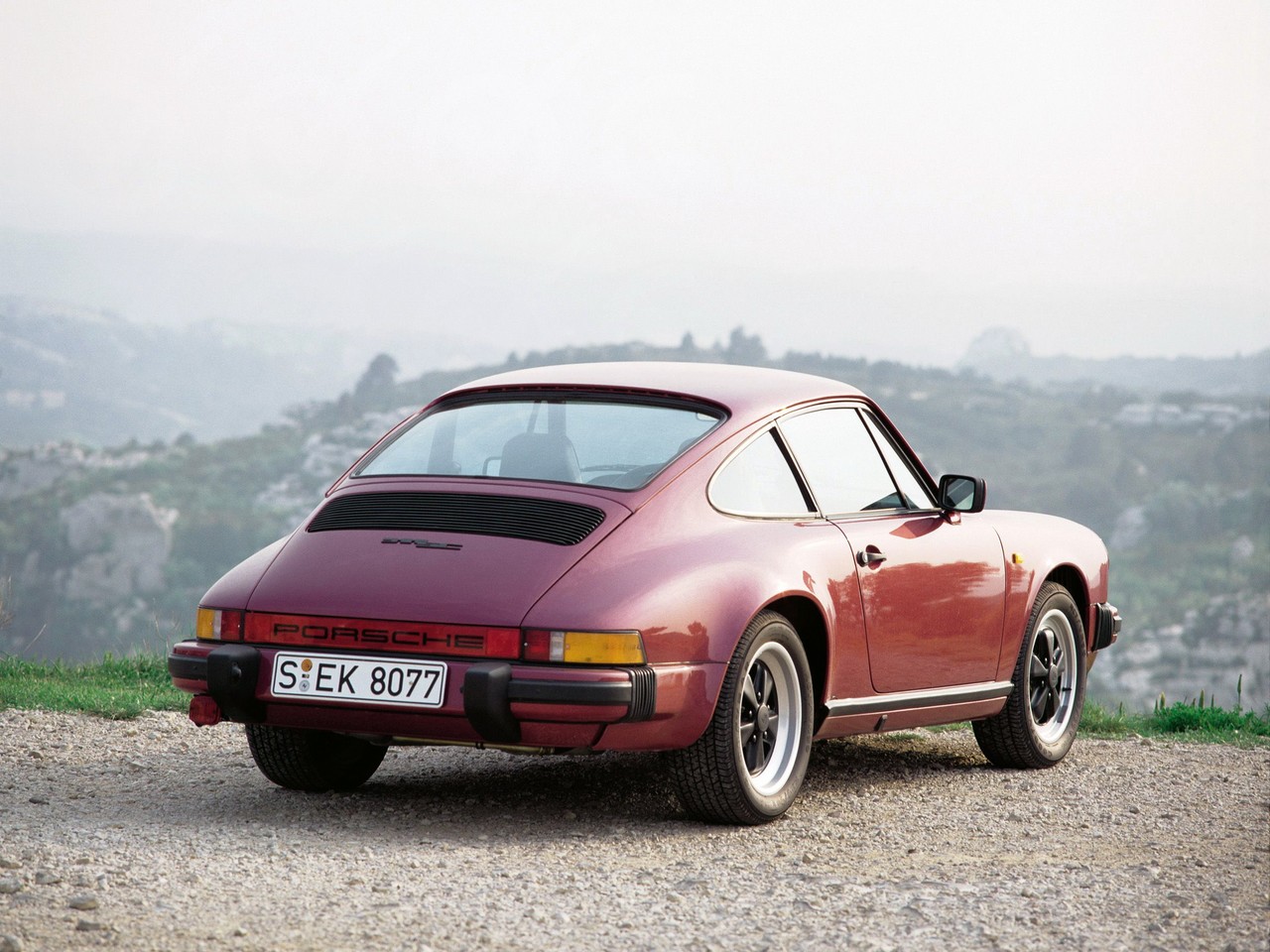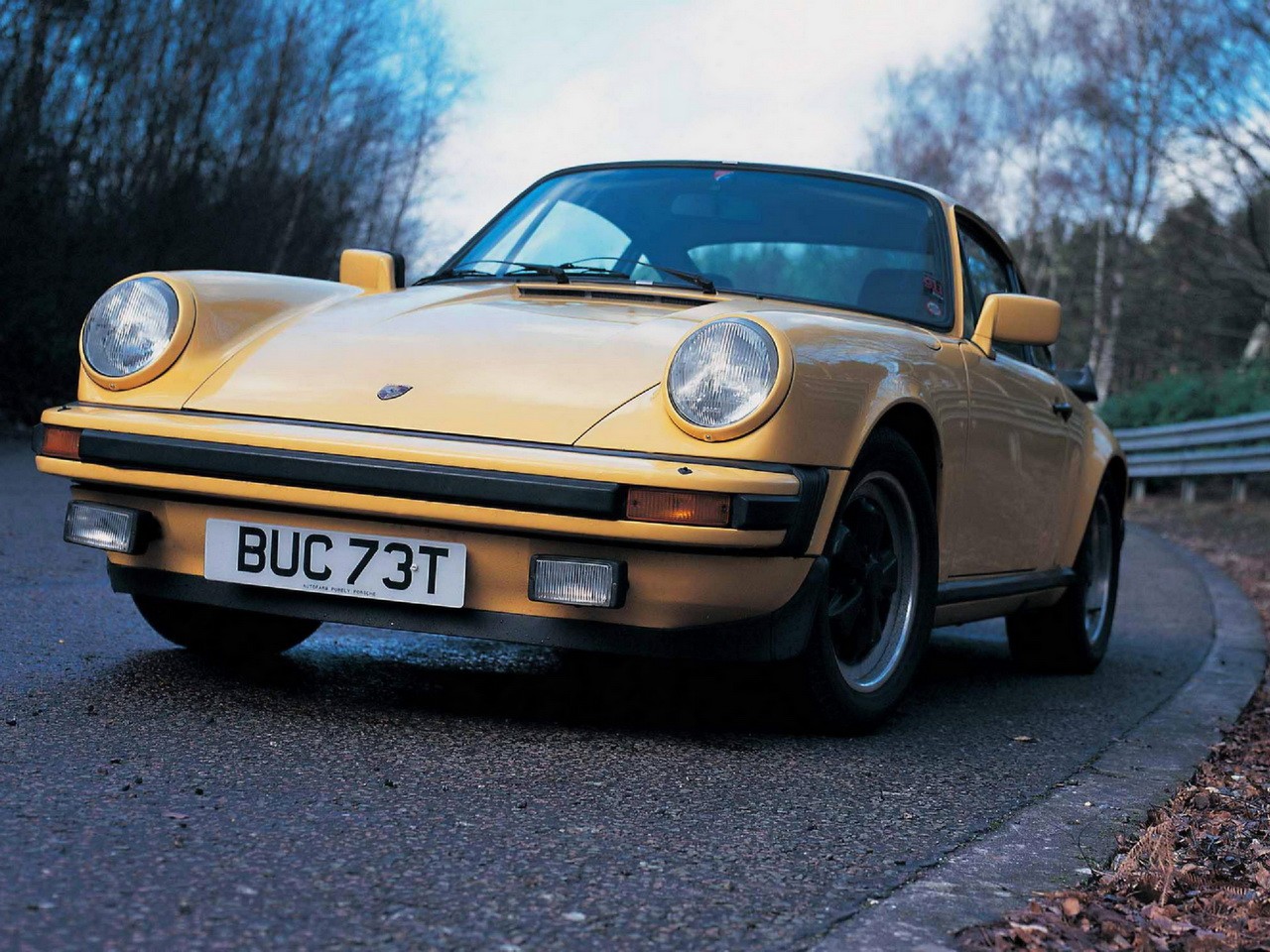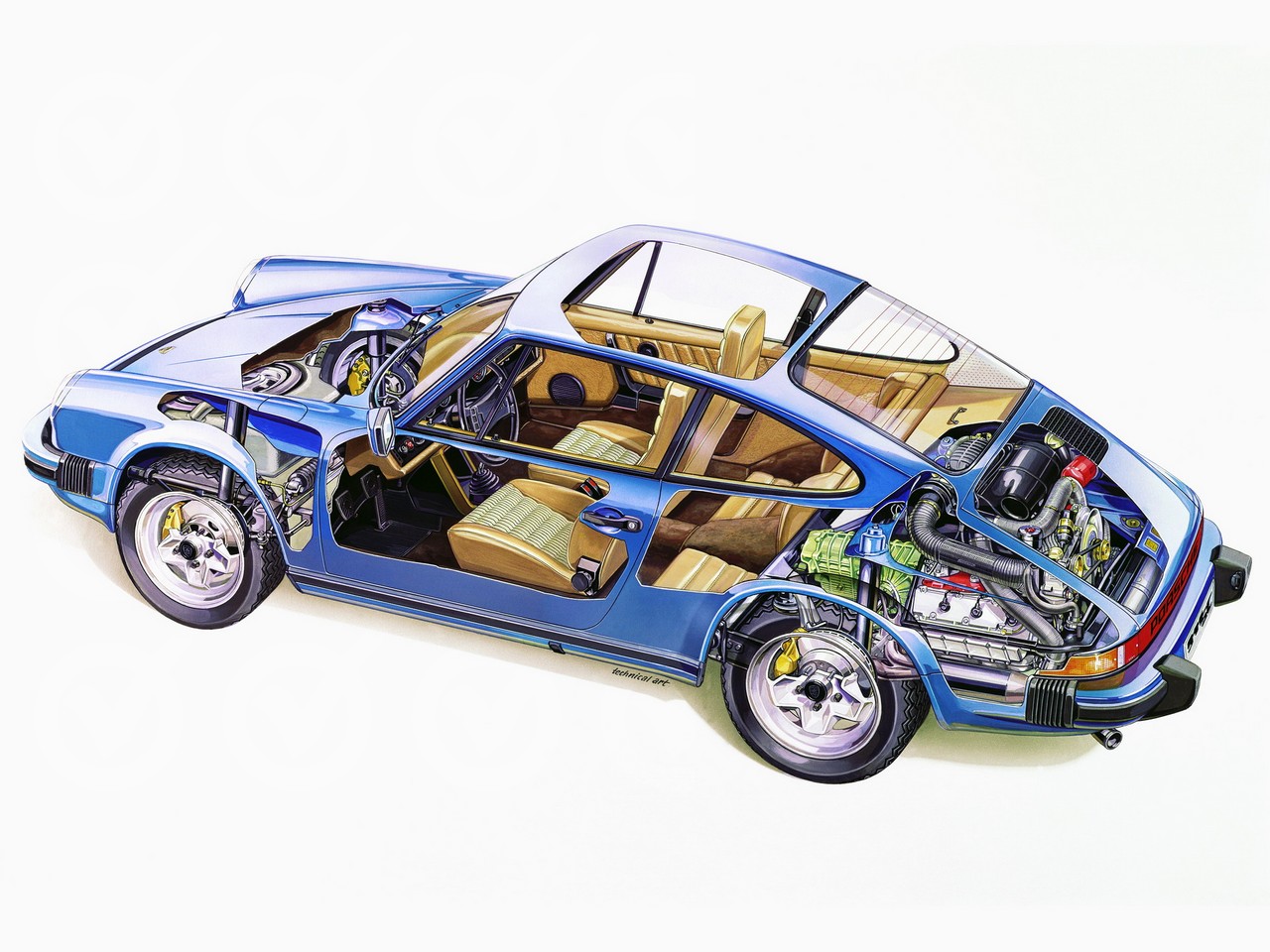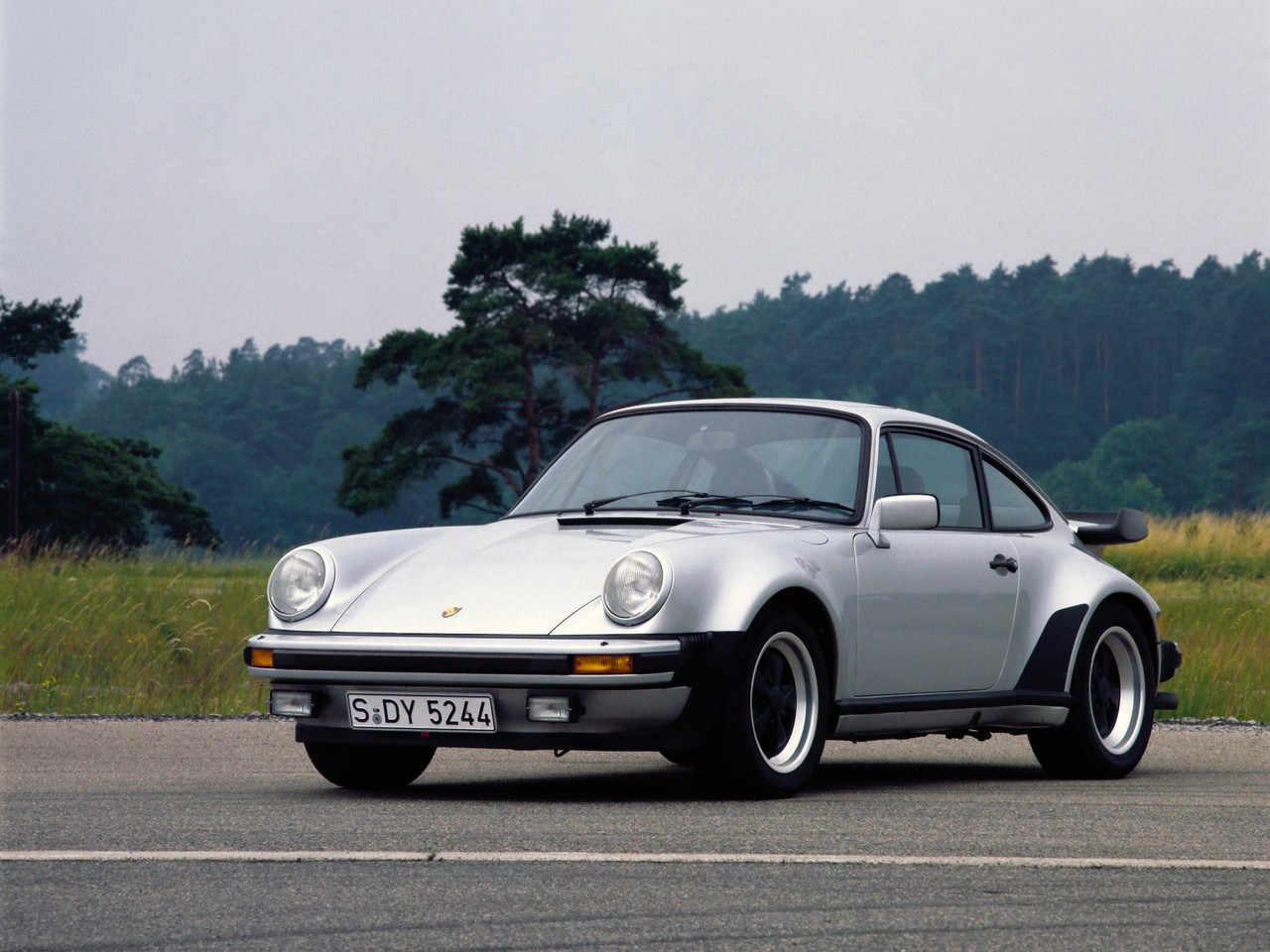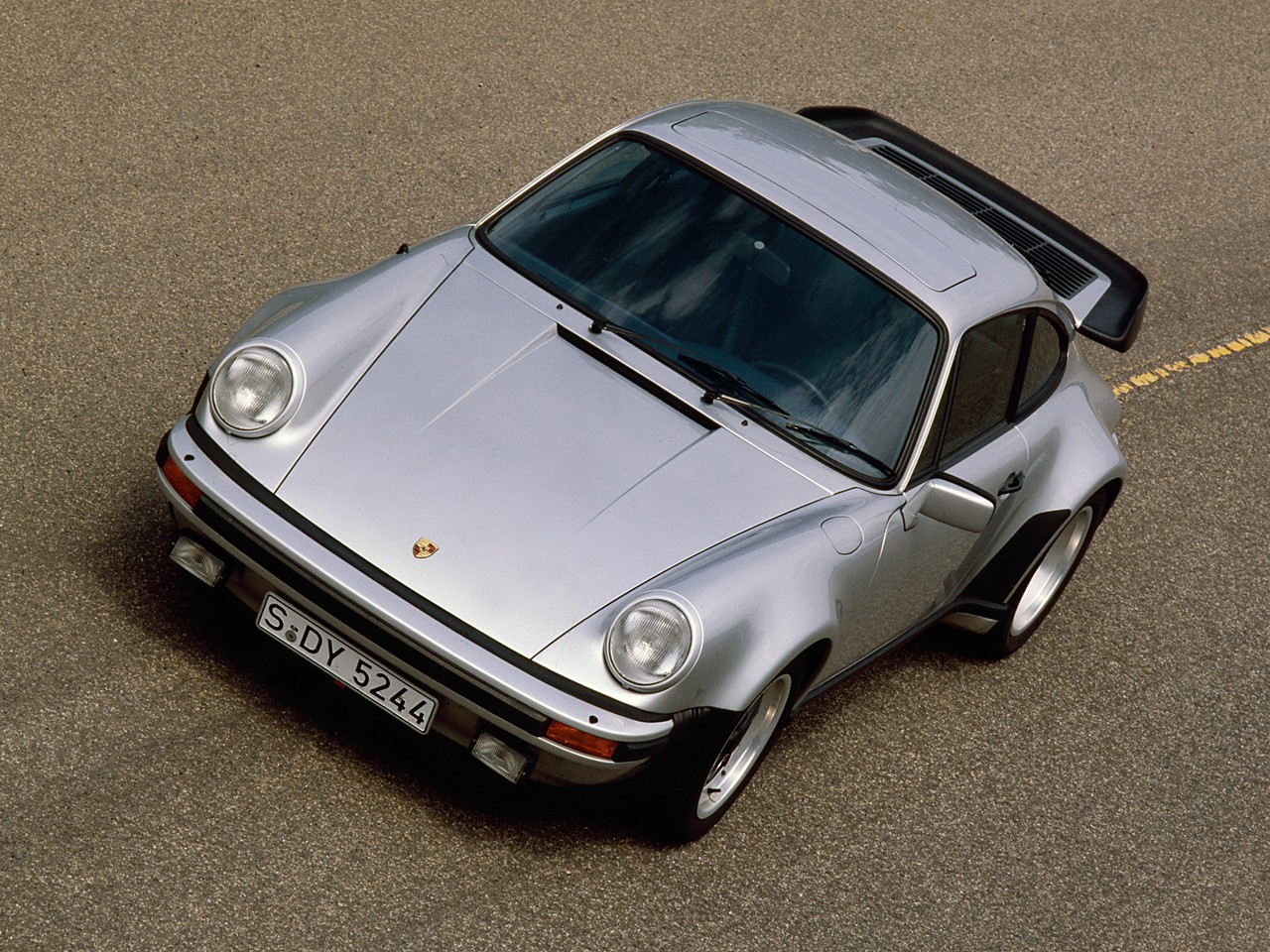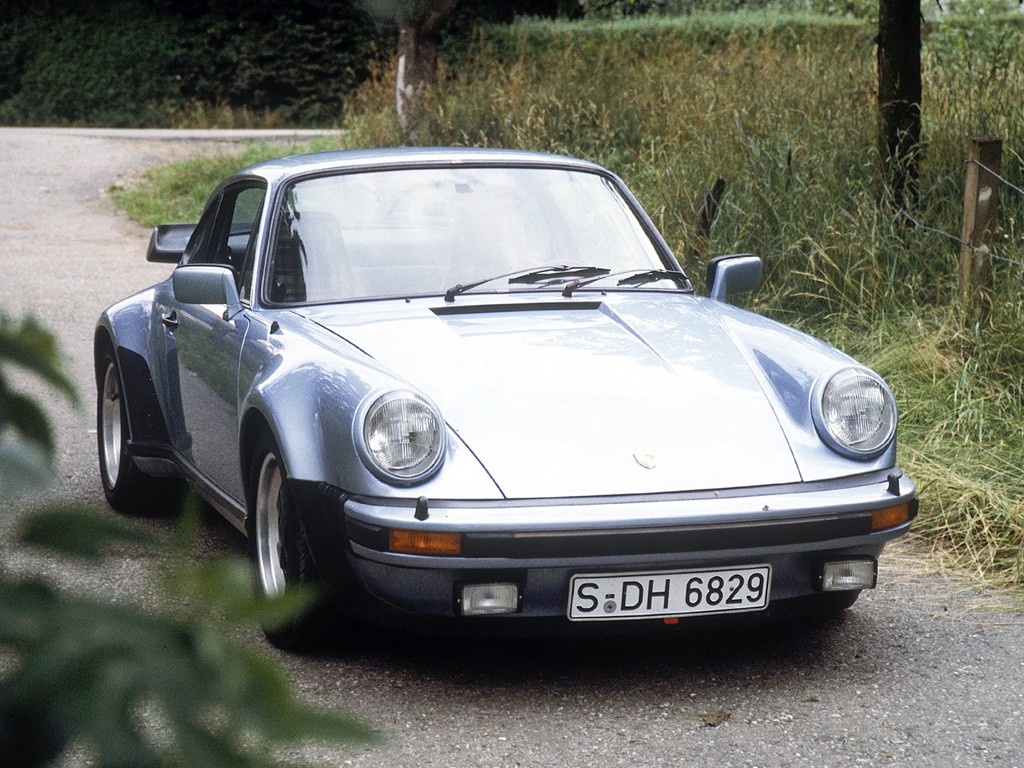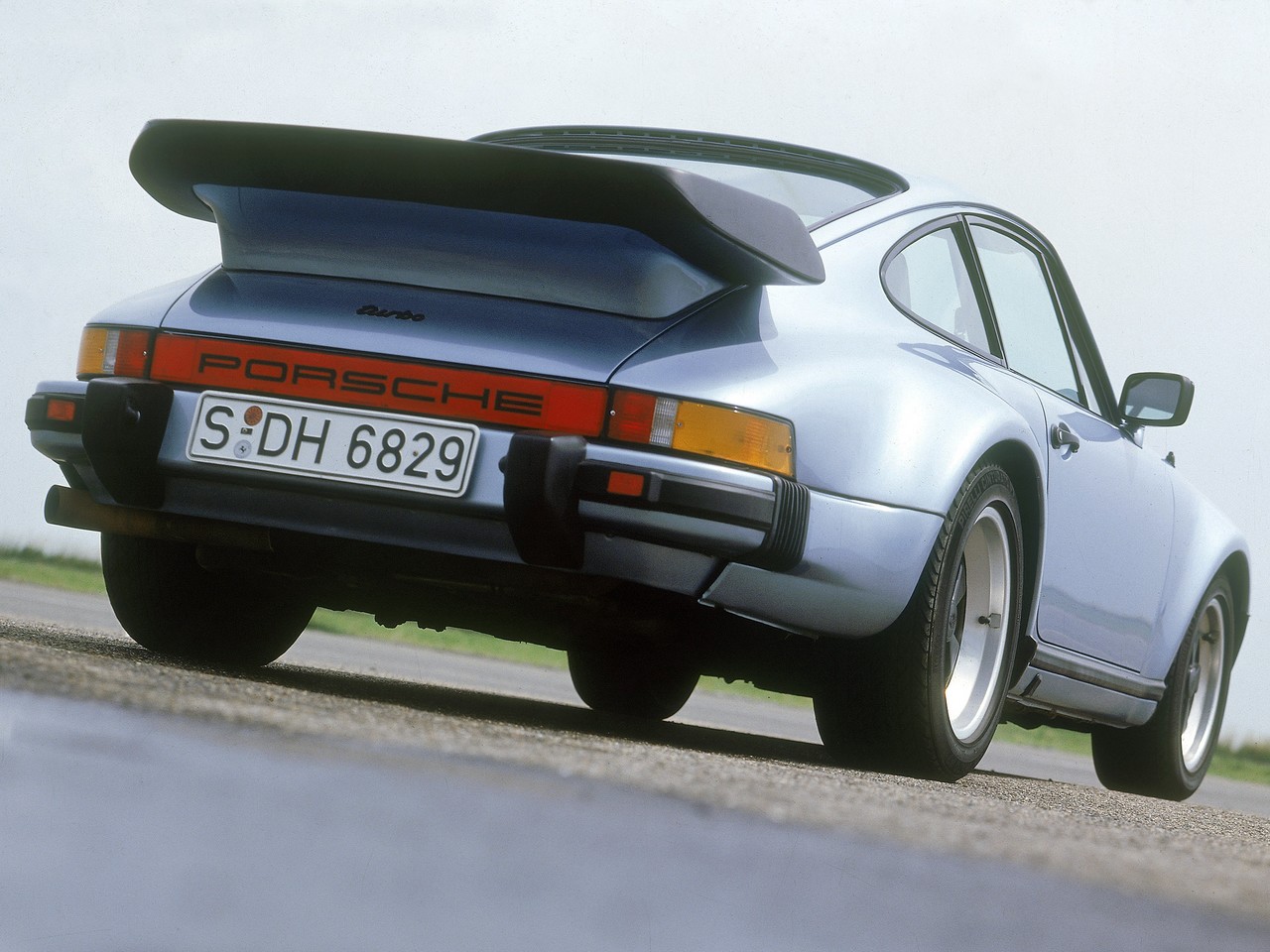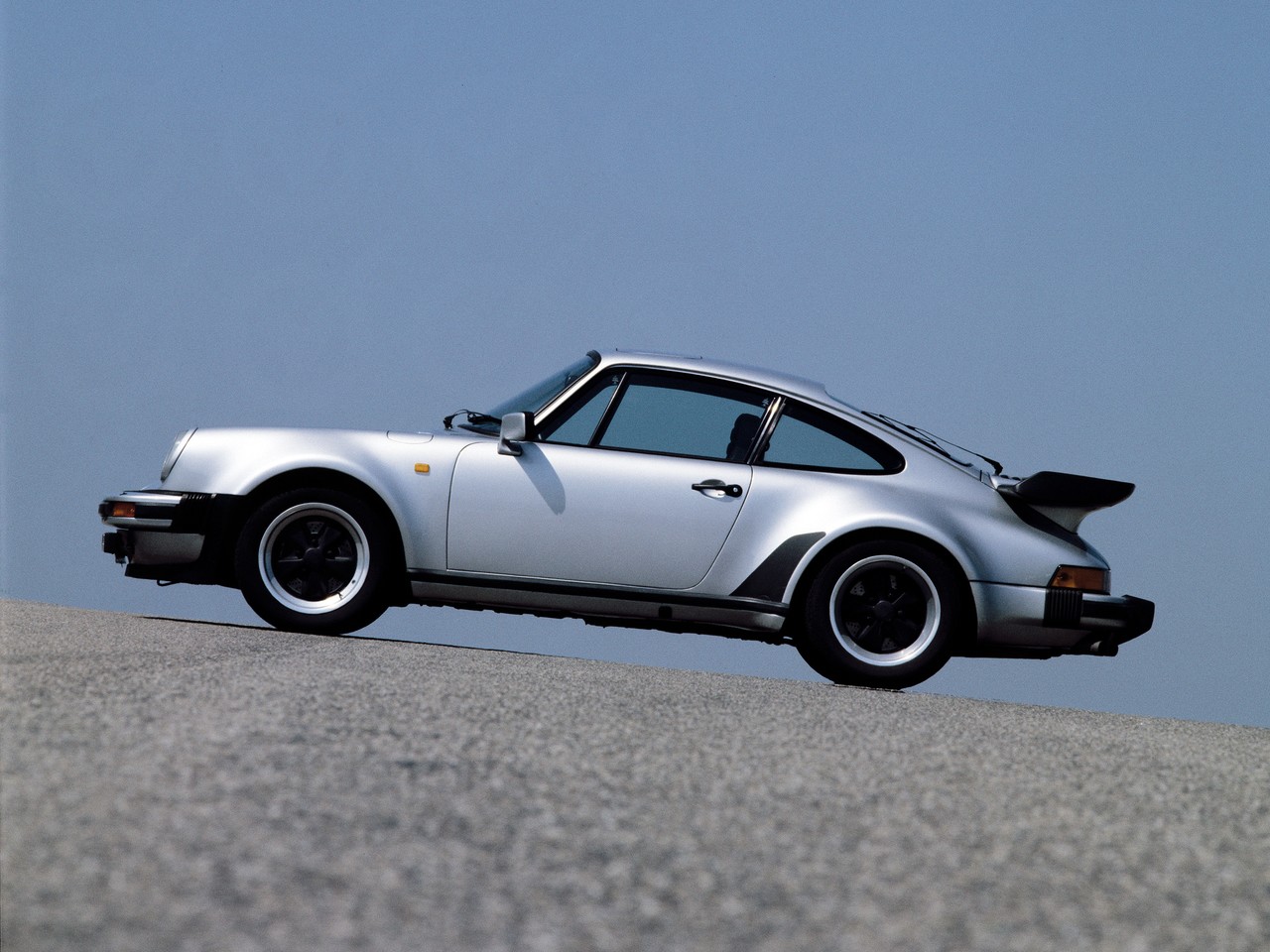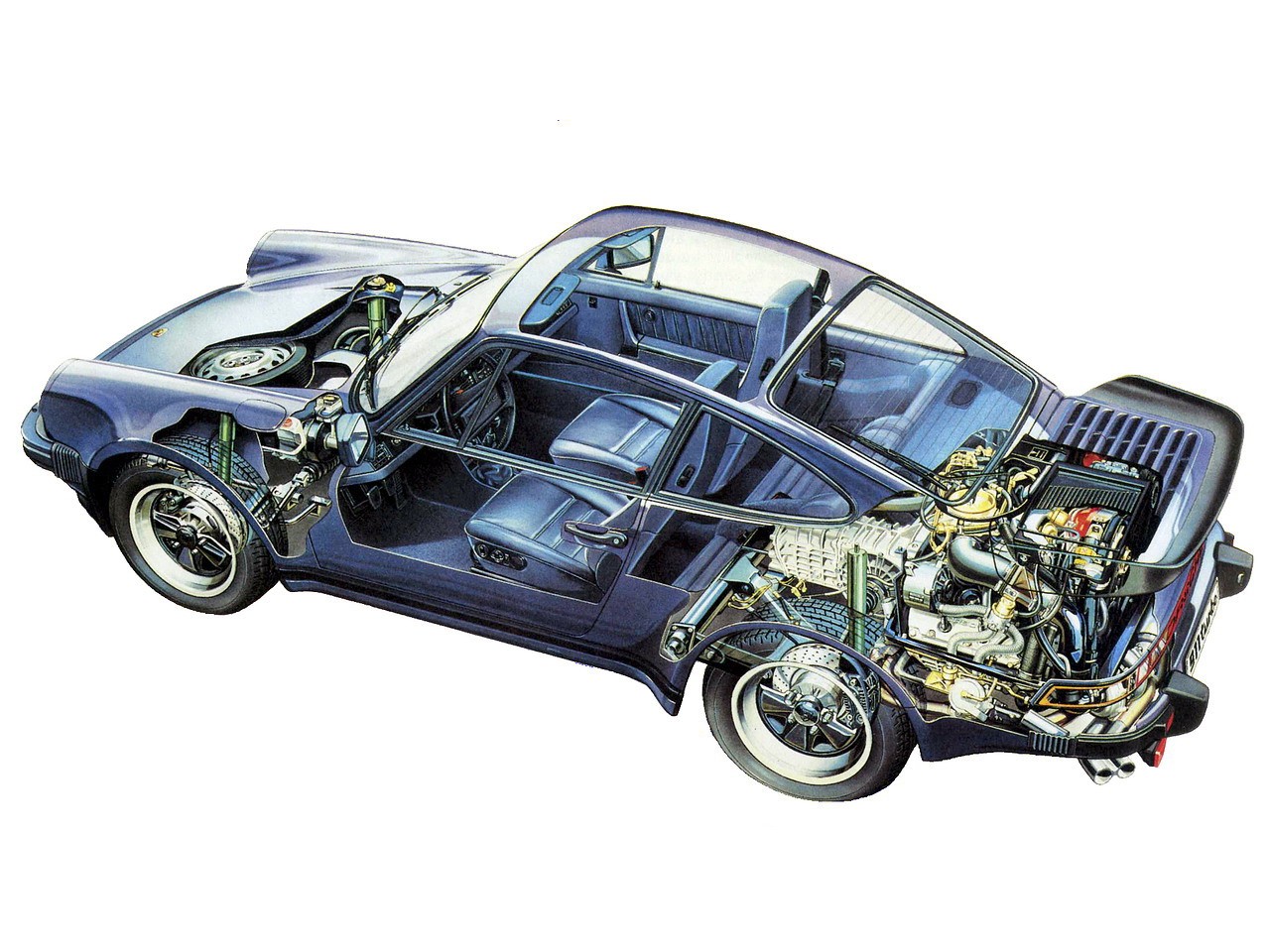
- Responsive flat six-cylinder engines
- Accomplished dynamics (within limits)
- Effective brakes
- Accurate steering
- An iconic, collectible sports car
- Firm ride
- Steering kickback over bamps
- Lift-off oversteer handling characteristic
- Offset pedals
- Chain tensioner failure can destroy the engine. Owners should consider fitting mechanical tensioner guards.
- For 1977-80 Porsche 911 SC, rubber-centered clutch would fail and damage transmission.
Review: Porsche K- and L-Series 911 Coupe (1977-79)
Overview
Production of the K-Series 911 Coupe commenced in August 1977 at Porsche’s Zuffenhausen factory in Stuttgart, Germany. The 911 K-Series range consisted of the 911 SC (a combination of ‘S’ and ‘Carrera’) and 930 Turbo since the standard 911 was discontinued.
Engine
As with its J-Series predecessor, the naturally aspirated, 3.0-litre horizontally-opposed engine had an alloy cylinder block and head, a single overhead camshaft per cylinder bank (chain-driven), two valves per cylinder, Nikasil cylinder liners, Bosch K-Jetronic fuel injection and a compression ratio of 8.5:1.
Dimensions and suspension
The K-Series 911 SC was 4291 mm long, 1652 mm wide, 1320 mm tall and had a 2272 mm long wheelbase. Furthermore, the 911 SC had independent front suspension with longitudinal torsion bars and lower transverse arms, while the independent rear suspension had semi-trailing arms and transverse torsion-bar springs.
930 Turbo
The 930 Turbo engine continued to be fitted with a KKK turbocharger which provided maximum boost pressure of 0.8 bar. However,
- Displacement was increased to 3.3-litres (bore increased by 2.0 mm to 97.0 mm and stroke increased by 4.0 mm to 74.4 mm); and,
- In a first for a production vehicle, an air-to-air intercooler was fitted; and,
- The compression ratio was increased from 6.5:1 to 7.0:1.
Compared to its J-Series predecessor, the K-Series 930 Turbo was fitted with a more aerodynamically efficient rear spoiler (which was also raised to make room for the intercooler) and upgraded brakes with ventilated and cross-drilled rotors.
Relative to the 911 SC, the 930 Turbo was 123 mm wider (at 1775 mm), though its other dimensions were unchanged.
| Engine | Trans. | Years | Peak power | Peak torque | |
|---|---|---|---|---|---|
| 911 SC | 3.0-litre petrol F6 | 5sp man., 3sp semi-auto |
1977-79 | 132 kW at 5500 rpm | 265 Nm at 4200 rpm |
| 930 Turbo | 3.3-litre turbo petrol F6 | 4sp man. | 1978-79 | 221 kW at 5500 rpm | 430 Nm at 4000 rpm |
August 1978: L-Series production
Although production of the L-Series commenced in August 1978, there were no significant changes.
Review: Porsche A, B, C and D Program 911 Coupe (1979-83)
Overview
Production of the ‘A Program’ 911 Coupe commenced in August 1979. To reduce emissions, the A Program introduced a three-way catalytic converter with an oxygen sensor (the lambda sonde system) to better regulate the air/fuel mixture. For the 911 SC, the compression ratio was also increased to 8.6:1 while the ‘Sportomatic’ transmissions were discontinued.
| Engine | Trans. | Years | Peak power | Peak torque | |
|---|---|---|---|---|---|
| 911 SC | 3.0-litre petrol F6 | 5sp man. | 1979-80 | 138 kW at 5500 rpm | 265 Nm at 4200 rpm |
| 1980-83 | 150 kW at 5900 rpm | 267 Nm at 4300 rpm | |||
| 930 Turbo | 3.3-litre turbo petrol F6 | 4sp man. | 1979-83 | 221 kW at 5500 rpm | 430 Nm at 4000 rpm |
August 1980: B Program
Produced from August 1980, the B Program implemented the following changes:
- Spring-centered clutch discs replaced the failure-prone but gentler operating rubber clutches;
- Stainless steel fuel lines that were contoured to the engine compartment replaced the braided fuel lines, though braided lines were used to connect the fixed steel lines to the engine due to vibrations; and,
- For the 911 SC, the Bosch K-Jetronic fuel injection system was revised by adding a cold-start mixture injector inside the air box to prevent backfires and blown airboxes. Furthermore, the compression ratio was increased to 9.8:1.
Production of C and D Program 911 models commenced in August 1981 and August 1982, respectively, though no significant changes were implemented.
Related links
